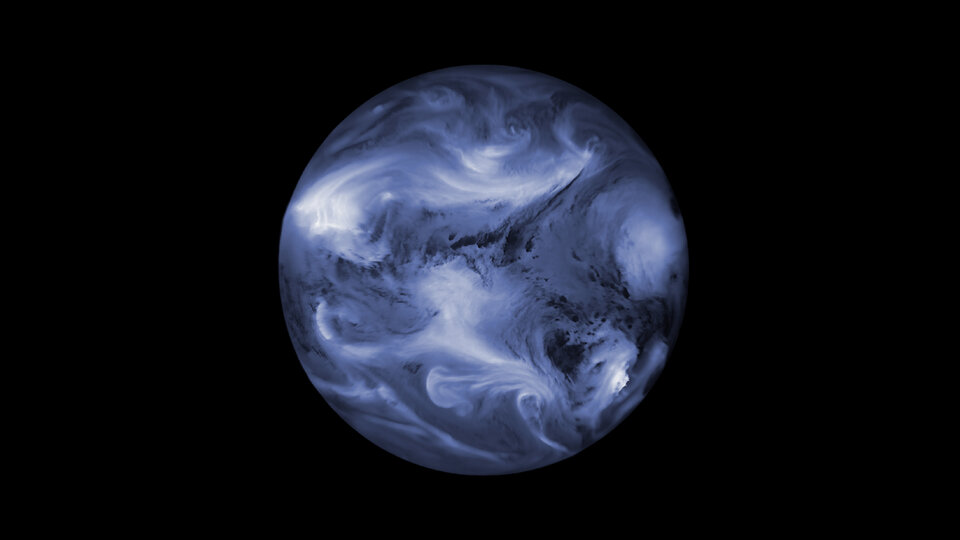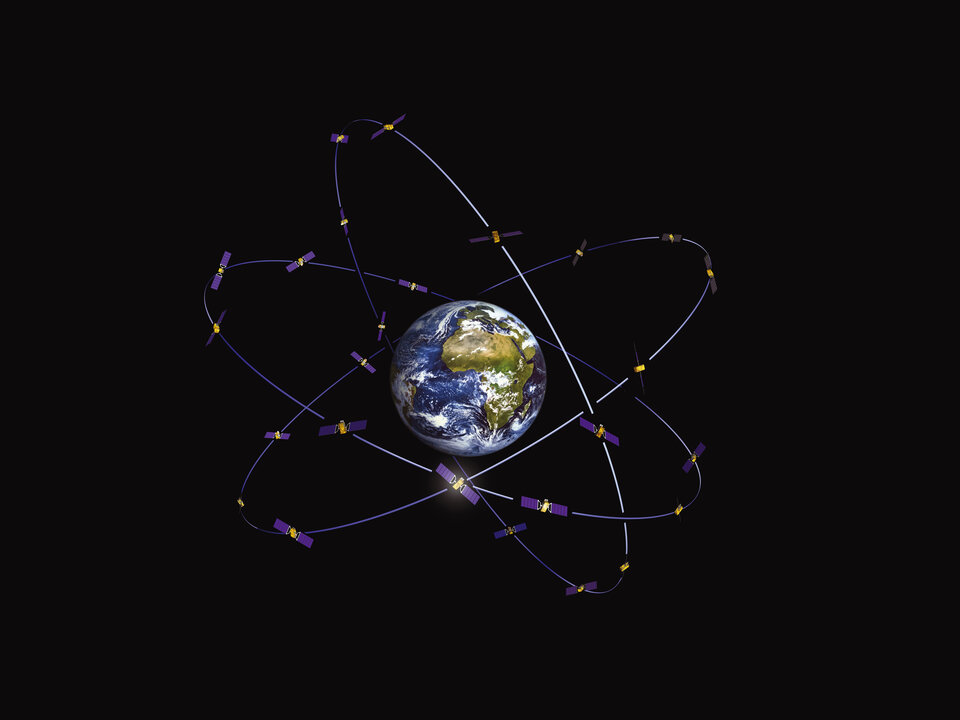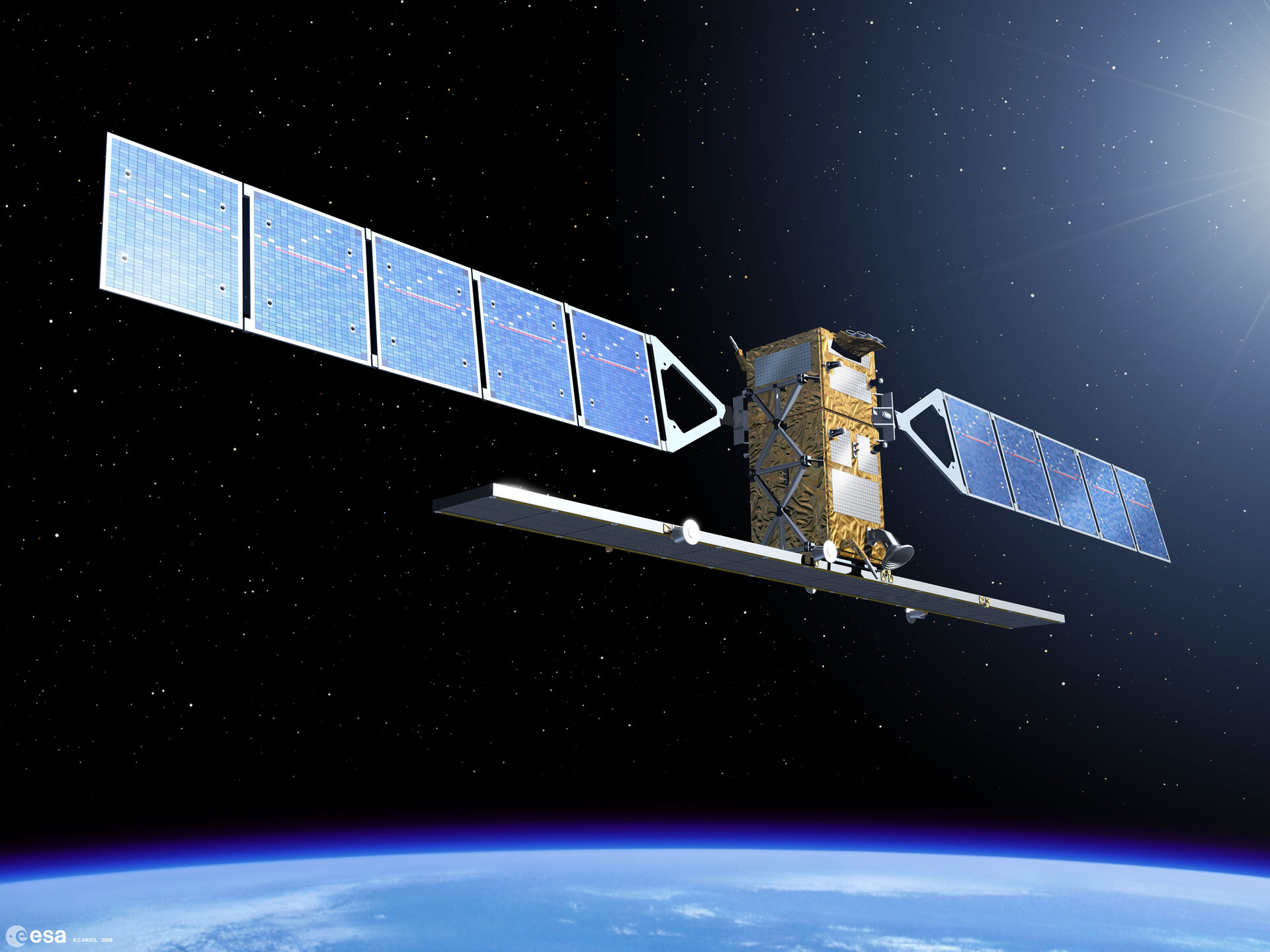Serving Europe's policies, enterprises and citizens
GMES Space Component
The Global Monitoring for Environment and Security (GMES) Space Component programme provides the initial space capacity needed to deliver effective global monitoring of the environment.
Segment 2 of the GMES Space Component programme will span the period 2009-18, overlapping with the ongoing Segment 1 (2006-13). It will mostly complete the development of the initial series of dedicated satellites (the Sentinels), and will keep on providing reliable and efficient operational access to Earth observation data from other contributing missions needed by the user community.
Segment 1 and 2 are co-funded by ESA and the EU and serve the needs of operational services, including emergency response, land monitoring, marine and atmospheric composition. Segment 2 covers the in-orbit validation phase (beyond completion and launch) for Sentinel-1A, 2A and 3A and initial phases of Sentinel-5.
Segment 2 also includes the development of activities of Sentinel-1B, 2B and 3B units up to flight readiness, the development of two Sentinel-4 instrument units (to be carried on Meteosat Third Generation), and a Sentinel-5 precursor satellite.
Meteosat Third Generation

In the field of meteorology, the objective is to develop the technologies and systems which will allow Eumetsat to continue and enhance the European meteorological service, and particularly to address the next generation of European geostationary satellite systems.
Meteosat Third Generation (MTG) will enhance the accuracy of forecasts by providing additional measurement capability, higher resolution and more timely provision of data.
The programme will follow the precedent set by Meteosat Second Generation development, i.e. an ESA development programme for the initial two prototype satellites with a fixed contribution by Eumetsat. ESA will then procure an additional four recurrent satellites on behalf of Eumetsat. The development programme will last from 2009 until 2020.
European GNSS Evolution Programme

To sustain and improve the competences of industry and ESA in navigation technologies for the future evolution of the European global navigation satellite system (GNSS) infrastructure (i.e. EGNOS and Galileo), the extension of the European GNSS Evolution Programme (EGEP) is proposed.
The proposal, covering the 2009-11 timeframe, includes: system definition, preliminary design and support studies; R&D in GNSS related technology; GNSS evolution test-bed and system tools; and accompanying activities.
The aim of the extension of the programme is to prepare the first evolution of EGNOS by means of pilot systems to demonstrate potential for new services as well as to continue the improvement of Galileo-related technology in view of future upgrades to the system.









